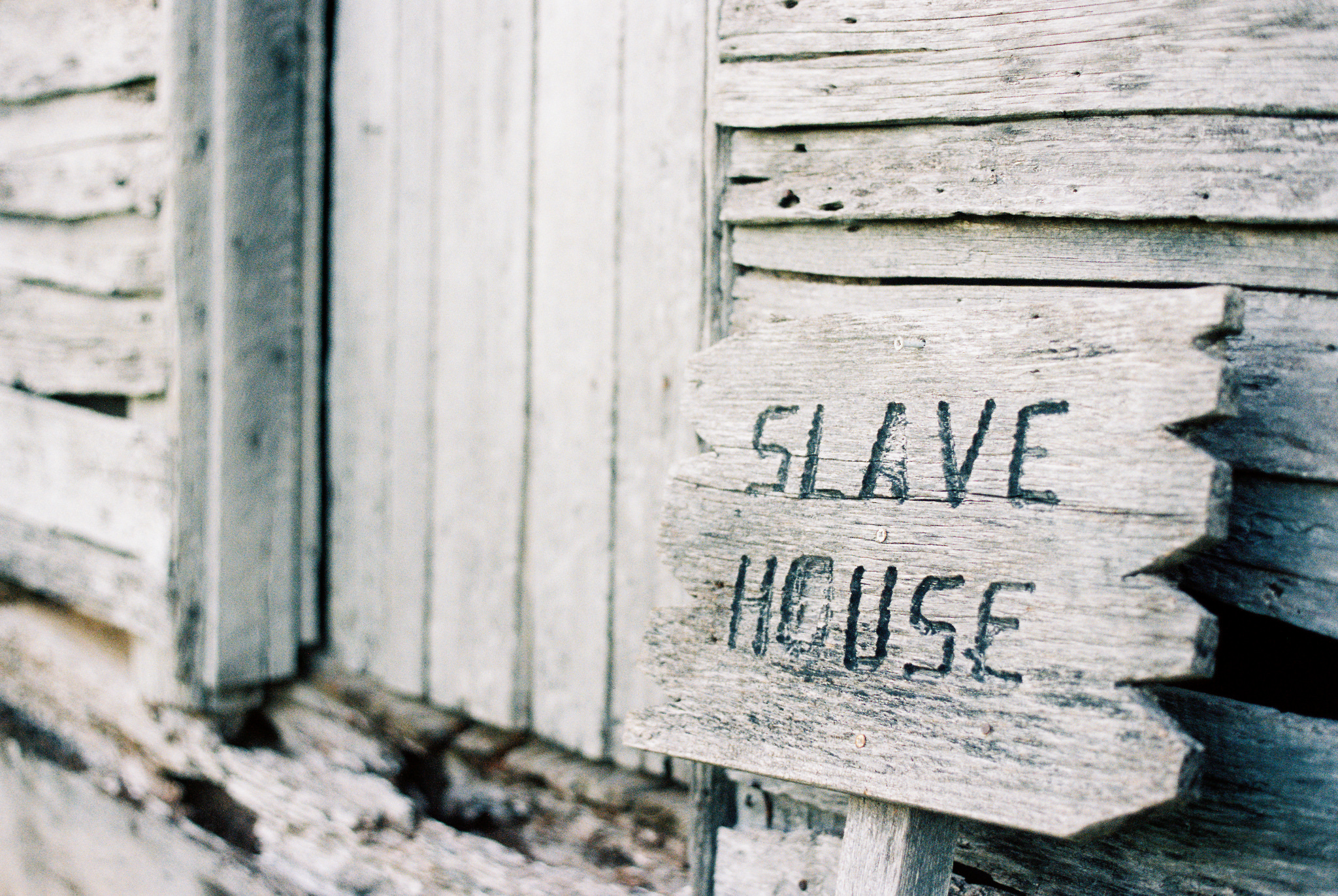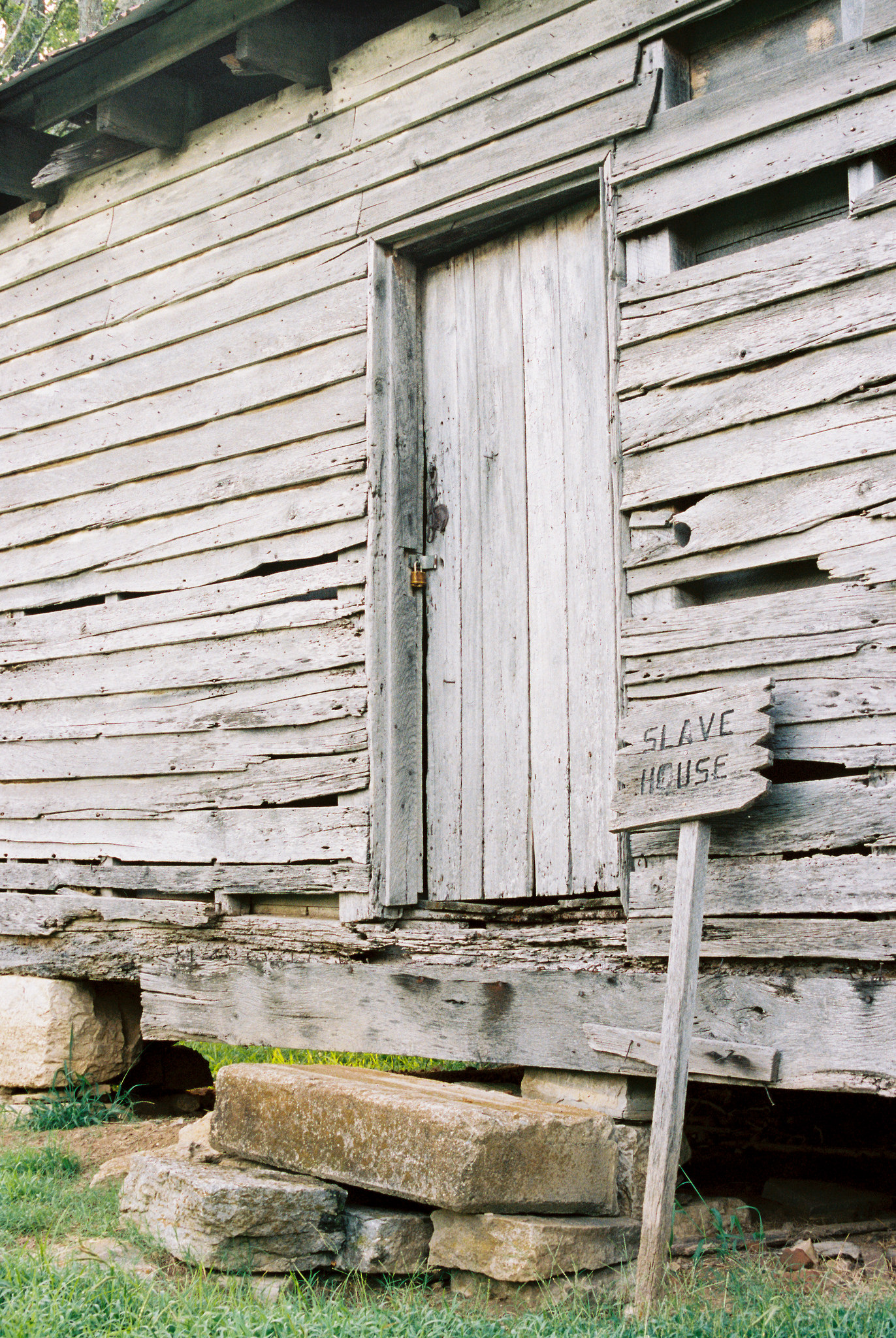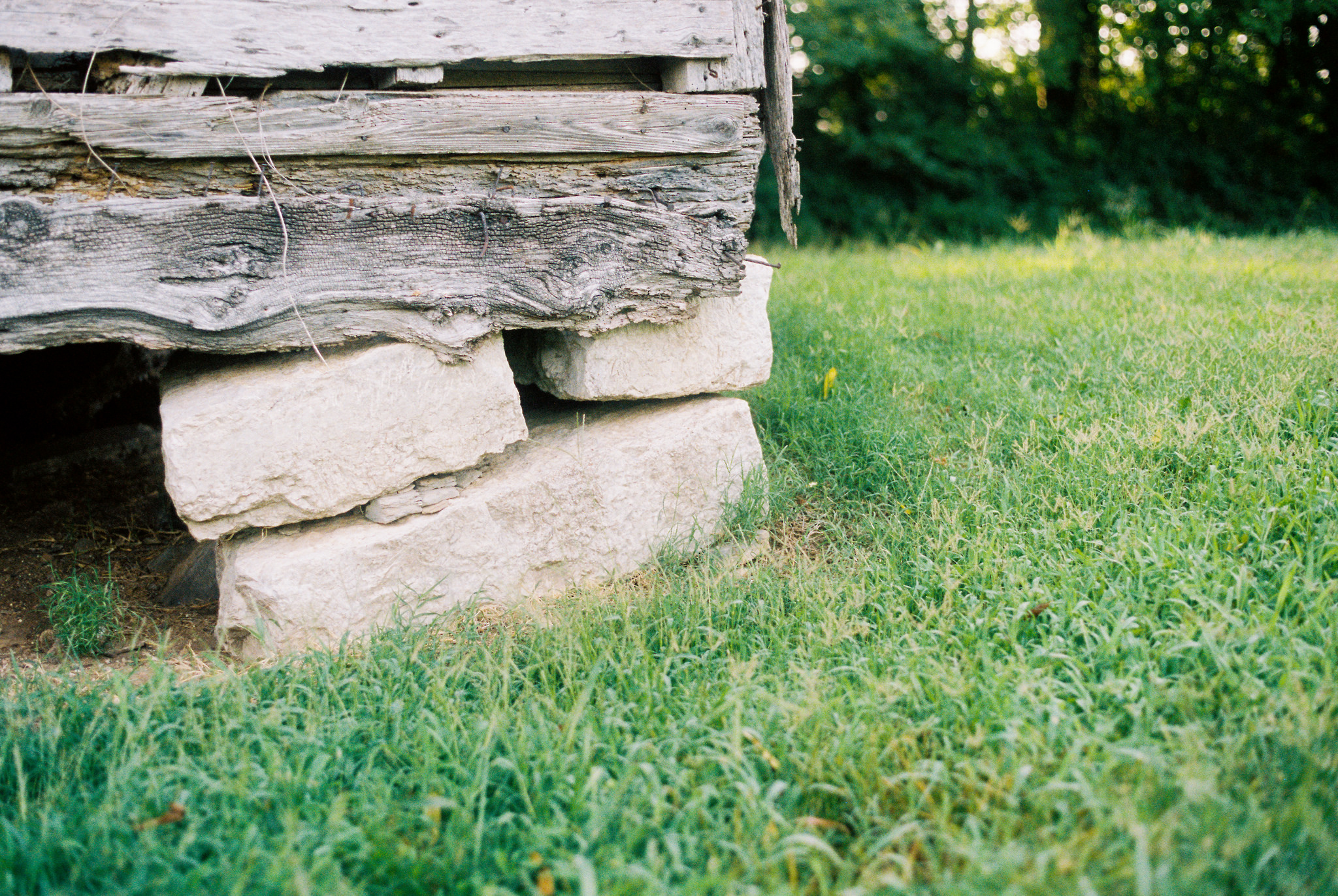I was not big on learning history when I was in grade school. I was more of a math and science guy. What history I did learn was through public schools. I never really conducted any research on my own. After marrying a history buff, my thoughts on history began to change.
My wife becomes a tour guide almost everywhere we go. My boys get annoyed, but I have found that these history lessons from my wife are quiet interesting. As I get older, I tend to slow down and ponder about things more. Reflecting back on how things used to be gives me perspective, perspective that has shaped my political views as well as general views on life.
This post is about a collaboration with my wife in creating an article for a local historical magazine, Historic Maury. My wife wrote the article and I made the pictures. The article is about an existing slave cabin at the Rippavilla Plantation in Spring Hill, Tennessee. This cabin has a special place with my wife as she worked at the plantation as a historian. She jumped at the chance to help bring more awareness to this vital piece of our history.
I shot the cabin images on Kodak Portra 400 film. However, the curators were only going to use one color photo for the cover and the images inside the magazine wold be black and white. I would loved to have shot these on black and white film, maybe some TRI-X or some HP5, but due to timing, it was easier to just convert the color images to black and white in post processing. Nevertheless, I still think they came out ok. I made these photographs early one weekend morning. The shots in this post are the original color images. I sprinkled some snippets from the article between the pictures. All pictures were made with my Olympus OM1 SLR coupled with 50mm and 28mm lenses. All images were developed and scanned by the The FINDLab.
With a slave population over 3.9 million by 1860, Tennessee was home to roughly
275,719 slaves, which was just under 25% of Tennessee’s population, according to the online
Tennessee Encyclopedia. Often missing in the narrative of the plantations and plantation life is
not just slave life, but the actual cabins themselves. There are very few historical sites in the
country that have original slave cabins standing. Rippavilla Plantation (hereafter referred to as
Rippavilla) has many out buildings that add to the character of the historical site, including a
slave cabin.
The county has over a dozen plantation homes, mostly private homes.
Rippavilla Plantation is unique as it has a remaining slave cabin in its original location.
The cabin has not been altered to modern standards. Besides the fact it is a slave cabin, those two
things help make the cabin a historical treasure.
Tucked in the back of the property sits the single-room, wood-sided slave cabin. Once a common site on plantations, slave cabins are now a rarity. Most cabins have long been torn down, fallen down, sold, many were modernized into structures such as guest houses, moved to other locations, and in some cases completely restored with little to no original material.
Built roughly between the 1840s to the 1850s, this cabin was originally one of fifteen. Twelve cabins were located one-half mile behind the house, where this specific cabin is located. Three cabins were located behind the “big house” where the house slaves resided. Rooms above Rippavilla’s kitchen were also used for the house slaves. Likely the cook, and/or possibly the family’s personal slaves lived above the kitchen for quick access to the kitchen and family……..




The remaining cabin at Rippavilla has two windows, two doors, a loft and a chimney. Inside the cabin lies an old mantel, likely an addition after the Civil War. An average of five to eight people would share a cabin at Rippavilla, based on the amount of slaves at the plantation at that given time. It was common to have little to no furniture, as the floor space would be needed for sleeping. Beds often consisted of piles of hay, or some other makeshift pallet. At Rippavilla the young likely slept in the lofts.
Those who lived in the cabins together typically functioned as a family unit. The Tennessee Encyclopedia stated, “For the most part, rural slaves had to create their own societies. They focused on putting together families which, given the trauma of slave sales and dispersals, meant putting together surrogate families… the nuclear or extended family remained the vital institutional base of slavery society…” The article continues to discuss how the slaves were housed in family units, which in return supported the sense of family. In the family unit, everyone had a responsibility……..




The walls of the slave cabin holds memories, stories of people long since passed. The slave cabin tells a story of those who made plantation life possible. Without slaves, plantations would not have existed. In order to completely tell the story of any plantation, the story of the slaves must be told alongside the family who built the mansions.
Funding to restore Rippavilla Plantation’s slave cabin would go a long way in preserving a last standing tribute to the slaves that worked, bled, lived, and died on the land. There has been an attempt to preserve the building when a new tin roof was added to the structure over a decade ago. When preserving buildings, one of the quickest and inexpensive starting points is to make certain a sound roof is in place to protect the cabin from the weather.
The current structure is dilapidated and is not available for the public to fully experience the history it embraces. While the cabin is available for the public to view, the inside is currently not safe. If the cabin were to be preserved and interpreted, it would offer the public a chance to see the history from both sides of the plantation……..



Historic preservation is simply human preservation. It is respecting the past, and the ones who lived through various phases of life. The need to preserve history overseas has been engraved in the minds of the citizens for centuries and some of the oldest and most preserved communities of the world sit in Europe, Asia, and Africa. What would the world be without the Great Wall of China? The pyramids in Egypt? Preservation is a necessity for any society to withstand time……..


In the book Interpreting Our Heritage written by Freeman Tilden, Tilden states, “A cardinal purpose of Interpretation, it seems to me, is to present a whole rather than a part, no matter how interesting the specific part may be.” To interpret Rippavilla Plantation as a whole is to tell the story of slaves through the preservation and interpretation of the slave cabin……..

Historic Maury Magazine
This article renewed some ideas my wife and I have on working together on some other projects, maybe a book. I hope you enjoyed the images. I will go back soon and make some pictures of the cabin on black and white film. I think I am going to use some HP5. The cabin would look nice in black in white with snow on the ground. Thanks for reading!
Images Viewed Best in Lightbox Below!
[Best_Wordpress_Gallery id=”140″ gal_title=”Slave Cabin Article”]

4 Responses
Hey, you guys make a pretty good team! 😉 It’s tragic that this amazing piece of history has been allowed to deteriorate. I hope they can find the funding to restore it.
Thank you! Yes, it’s a shame. I hope they can find the money to restore and maintain the cabin. These remnants of our past are vital to understanding the future.
Nice images with great light! Must be pretty special to do a project with your wife.
Thank you! It was nice working with my wife. It has inspired us to resurrect some project ideas we’ve been talking about. Thanks for stopping by!